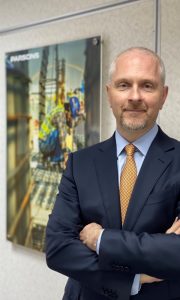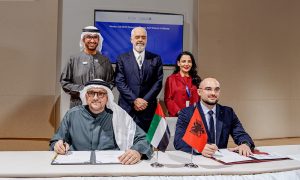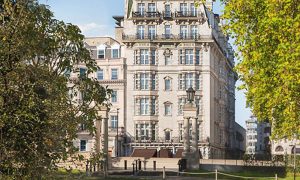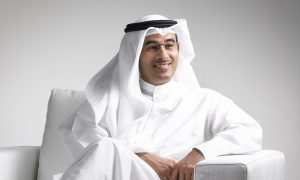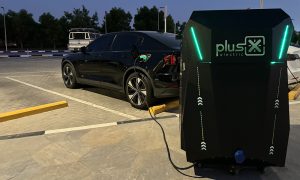The Future of Rail
Mel Awasi, director of Rail at Cundall, outlines how technology is driving change in rail transportation
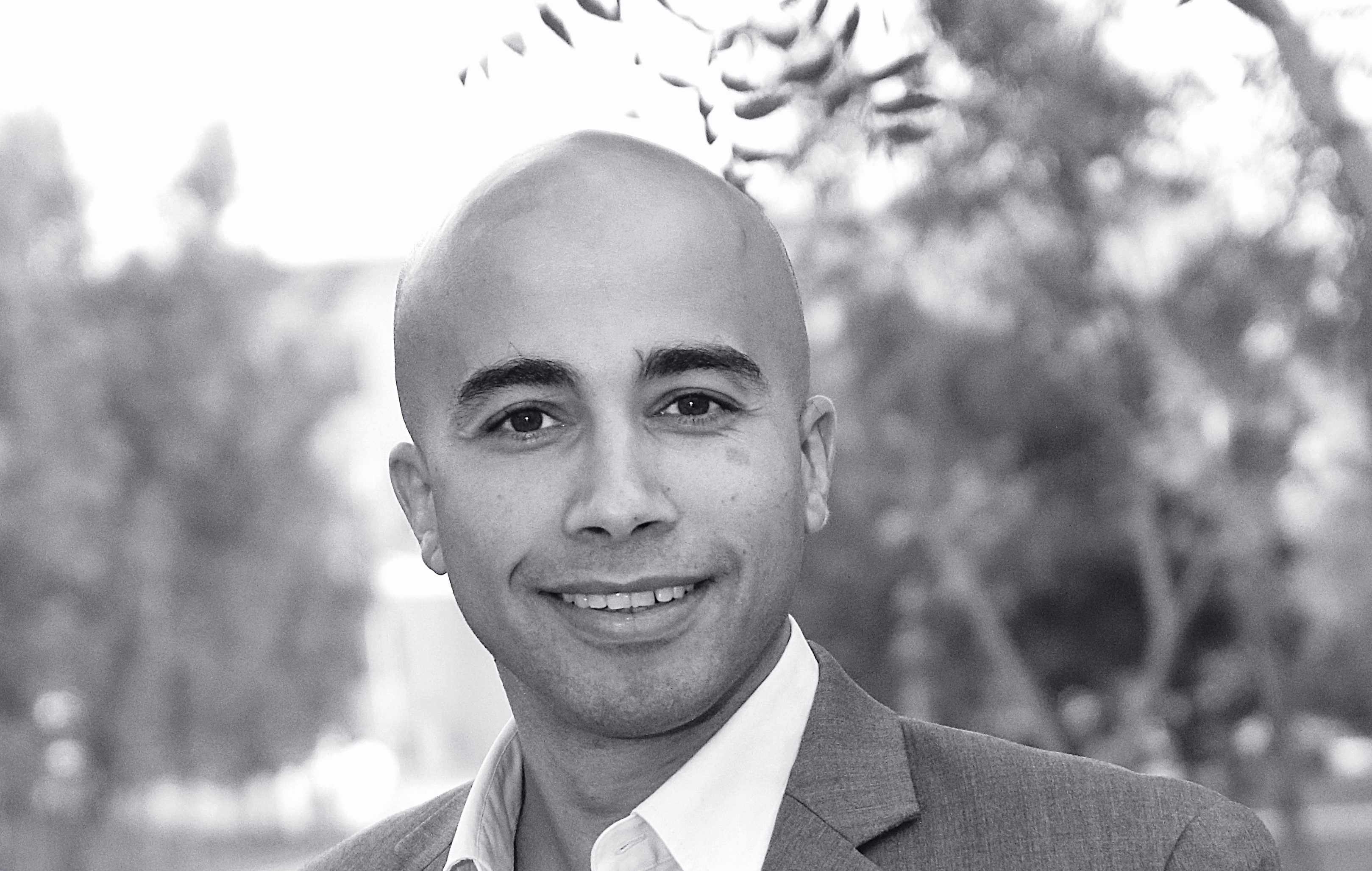
The technological revolution, urbanisation, population growth and climate change are increasing the demands on our societies and cities. Different parts of the world pose different challenges, but the innovation of new technology and how we adapt and incorporate this is essential. We need to challenge some of the current and future trends to ensure we include everyone in the way we shape the future.
The concept and function of stations are changing fast. More than just a place to start or end a journey, stations are a community hub, a retail destination and a cultural space. The station of the future may no longer be called a station.
As we see the technology of travel change, elements such as virtual ticketing and high-speed travel promote seamless journeys, and we see this feed communities and urban areas for the better. This affects economic growth and reinstates stations as the focal point and heart of the areas they serve. Stations are becoming more customer-focused, integrating the use of intelligent technology to support customer needs.
Rail of the future will need flexible and long-term use in order to adapt and maintain a standard of best purpose. Acting as big data collection points and using the Internet of Things (IoT), rail will be on the cutting edge of information collection and trend prediction.
At the heart of the debate on the future of transport, it is essential to rethink mass transportation strategies within a technological revolution. We can model how factors like climate change can impact how we approach future thinking and design, but ultimately the question must always be asked: “How do we future proof?”
Challenges and opportunities
- Climate change – Historically, rail networks and buildings have been designed and optimised using climate and weather data. Can we continue to use this as the basis for design? It may have worked well in the past, but what will happen when this historical data is no longer relevant or is out of date? What will happen to rail networks or buildings developed on the basis of those criteria? Is it time to take a new approach to designing for the future? Do we need to explore developing pedestrian tunnel networks underground in the Middle East, to facilitate movement of people as temperatures continue to rise?
- Alternative energy sources – Are we investing enough in the development of clean energy technologies in the Middle East? The region has enormous untapped solar energy potential which we need to harness, store and transfer on a large scale. This is no longer an option but a necessity, as the region is grappling with environmental issues like industrial pollution, water scarcity and unsustainable energy consumption. Imagine a station or even an entire rail network that is net positive – not taking energy from the grid, but putting it back. Not adding to global warming, but decreasing it.
- Urban growth – Globally, urban areas are predicted to grow by approximately 2.5 billion people by 2050. Planning and designing for this rapid increase is essential not only in the transport sector but across the entire city infrastructure.
- Digital revolution – Big data, the IoT and smart apps and tech help us record and analyse data more accurately than ever before. With the intelligent use of technology, we can now predict and plan better for the entire commuter seamless journey. Can the journey and experience be customised to suit each person?
- Hyperloop – The Hyperloop has become one of the biggest investments in the future of transport. With high-profile support and backing, this is now becoming a reality. Hyperloop Transportation Technologies (HTT) plans to announce a fully commercial track in 2018, and its CEO says the first passengers could use Hyperloop within three years. Could the Middle East lead the way again, and be the first to turn this concept into reality?
The region is making some exciting leaps in embracing innovations and new technologies and investing in the future, but we have a lot more to do to address some of the challenges ahead and prepare our infrastructure for the future.


